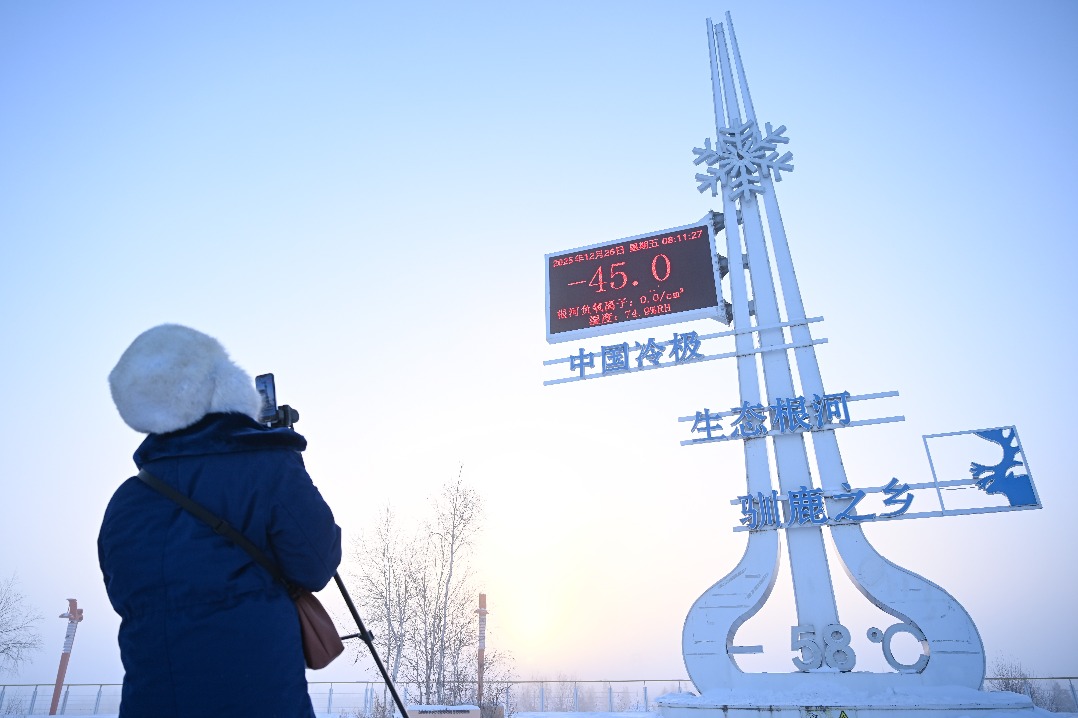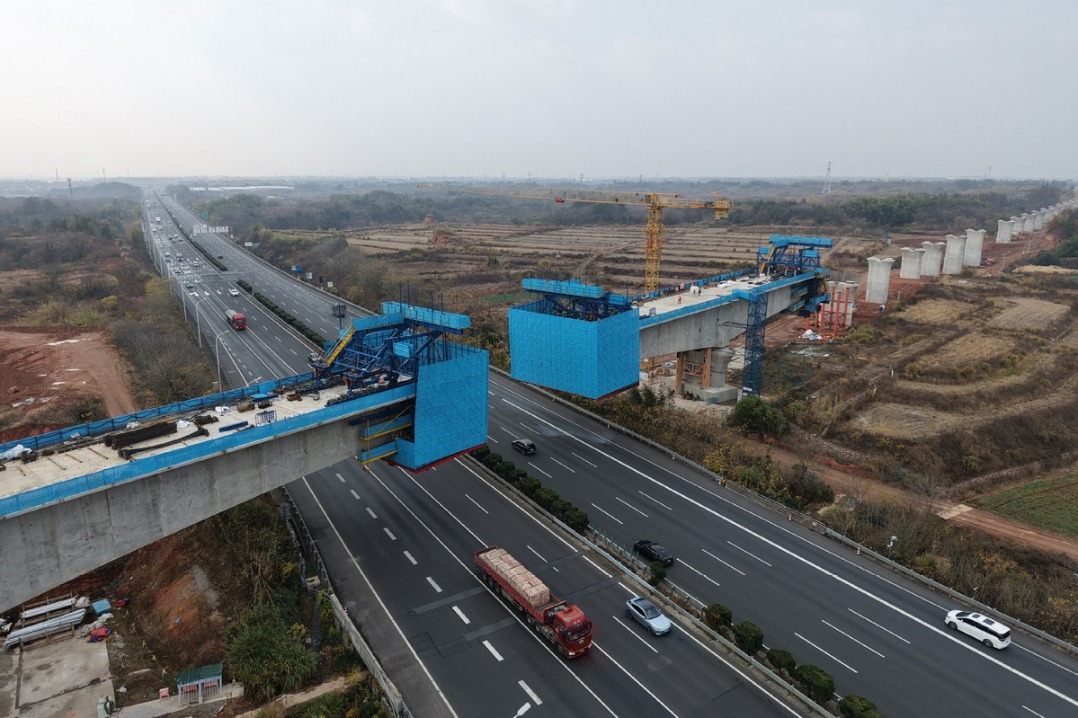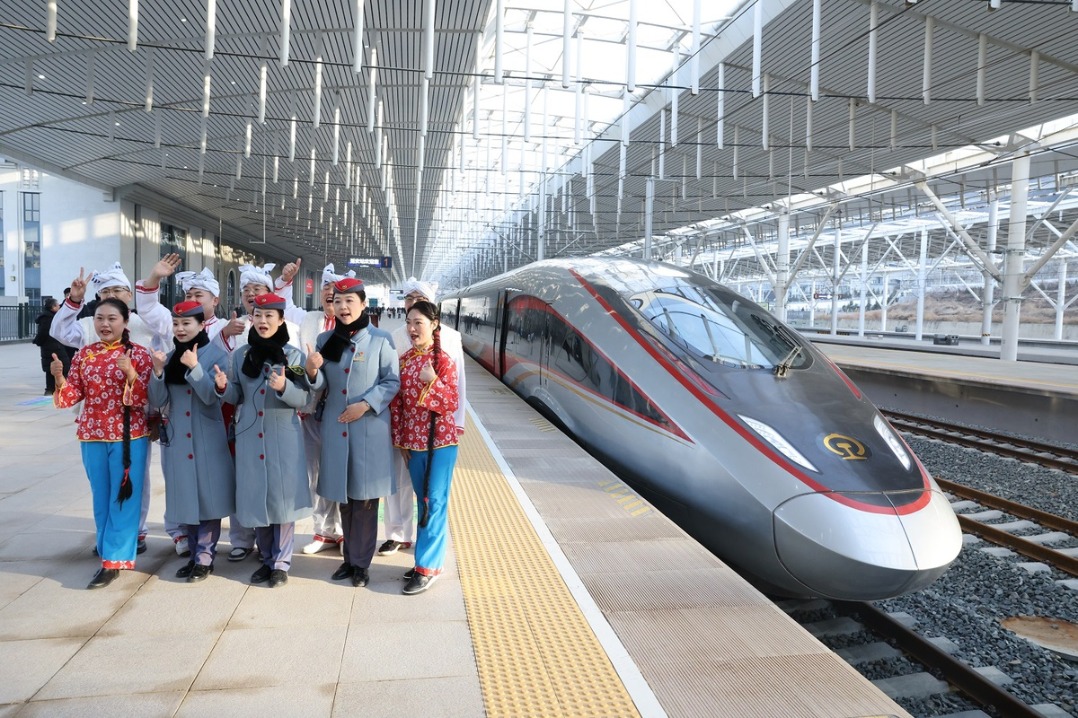Shandong community sets example for others to follow in rural areas


With neat rows of apartment buildings, wide and clean roads, classified trash cans and sanitary toilets, Daicun village in Shandong province might not fit the stereotype of a rural area.
But it has provided an example of how rural areas can be revitalized economically and socially. Some 200,000 farmers and government officials from across the country have come to conduct field research and exchange their experiences over the past few years.
The number of visitors to this small town, which has a population of 3,600, has seen a significant increase since last year, when President Xi Jinping recognized the achievements of the village and its Party secretary, Wang Chuanhai.
Joining a group discussion in March last year with deputies from Shandong during the annual session of the National People's Congress, Xi said Daicun village proves the Chinese proverb that the locomotive decides how fast a train runs.
Xi called for more rural Party secretaries like Wang to provide a sound base of governance for rural vitalization.
A poverty-stricken village that was deeply in debt in the late 1990s, Daicun had risen by 2018 to have an average net income for residents of 68,000 yuan ($10,200), more than four times the national average for farmers.
Last year, the village built several new facilities in response to Xi's call for revitalizing rural areas. Those include a new agricultural exhibition hall and a tourism base showcasing collectibles and the history of "educated youth"-urban youth who went to rural areas during the 1960s and 70s in response to a call from Chairman Mao Zedong for "making achievements in the countryside".
Businesses run by the village generated output value of 2.8 billion yuan last year, and agricultural and service industries are now major growth engines of its economy.
A 1,300-hectare national-level agricultural exhibition area, for example, attracted more than 20,000 visitors during Spring Festival, contributing a significant share of revenue to the village, according to Liu Yanbin, deputy general manager of the area.
A larger training center to teach farmers how to develop rural areas is now under construction in the village. With four buildings, the center is scheduled to be in service in October.
The rural vitalization strategy was proposed by Xi at the 19th National Congress of the Communist Party of China in 2017, with the overall goal of building rural areas with thriving businesses, pleasant living environments, social etiquette, effective governance and prosperity.
Shandong released a five-year plan on its rural vitalization in May, the first of its kind, mapping out a number of major projects, programs and actions for the five-year period 2018-22.
Some of the projects aim to integrate talent recruitment, land use, finance and industrial structure by 2022 in rural areas. Thirty percent of villages in the province are expected to see their agricultural industry upgraded and modernized, creating 120 billion yuan worth of added value.
- China adopts revised Civil Aviation Law
- China launches satellite to aid in early extreme weather detection
- Report on mining accident that killed 6 suggests accountability for 42 individuals
- Law aimed at bolstering standard Chinese language education passed
- Connecting cities, changing lives
- World's longest expressway tunnel opens to traffic





































